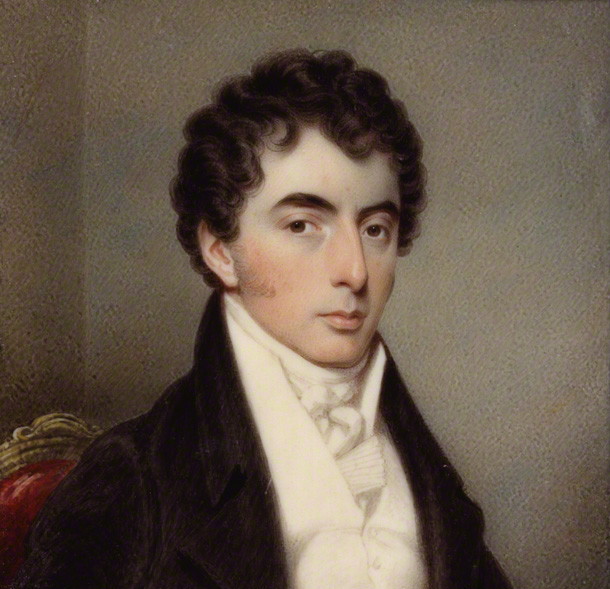Context: Emily Dickinson is an American poet, who wrote poems in her solitude. She spent her life in a small house all alone, without having any visitors, or meeting someone from outside. The letters were always about something which would mermerise her and she’d use elements from nature as metaphors, which would give a dual meaning to the poem. There was no title for this poem, and hence the first sentence of the first stanza was chosen as one.
In this poem, the poet is speaking about a bed, which is being prepared for a very special occasion. She is keeping care that small details like keeping the mattress straight and keeping the pillows round are paid attention to. Her anticipation is high, as she knows that on the day, the judgment would be fine and fair. She wants nothing from the world to disturb her; she doesn’t want to know any sense of time, or anything that happens in the outer world.
This poem is in two contexts, one is that the poet speaks about a sensual moment that she is going to spend with her companion, or is imagining about it, where she wants everything perfect and ready. The way she is paying attention to the small details shows her anticipation about the moment that is yet to come. She wants nothing to disturb her on that day, or ever.
The other meaning of the poem is that the poet is preparing her deathbed, or her coffin, where she wants everything set and proper, where she can lie in comfort and peace. She wants to take enough time to make things perfect, so that she is not missing out anything. She knows that day she is looking forward to is going to be beautiful. She wants nothing in the world to disturb this bliss for her. She doesn’t want anything in the world to ruin this piece for her.
Rhyme Style and Structure: This poem is a very small one, maybe some of the scribbles of Emily Dickinson. There is no definite rhyming scheme that has been followed here, but the first line of the first stanza and the first line of the second stanza end with words that rhyme and the in the second line of the first stanza and the second line of the second stanza have the words that rhymes. For better understanding:
Ample make this bed.-a
Make this bed with awe;-b
Be its mattress straight,-a
Be its pillow round;-b
The poet has used the punctuation marks for channelizing the flow of the poem, and the expressions in
- This is a very famous and beautiful way that almost all the poets use, to express their ideas and
feelings better in the poem. The sole aim here is that the reader understands the expression of the
poet. For example:
Ample make this bed.
Make this bed with awe;
In it wait till judgment break
Excellent and fair.
The poet has also broken the sentences in such a way, that the readers would understand the flow of the expressions better. The poet has stopped at points, where she wanted to capture a frame of expression.
Theme: The themes that one could find in this poem are death and sex. The poet is preparing her bed for the time when she is going to spend some intimate time with her companion, and she is looking forward to it. She wants everything proper and perfect, and wants nothing to interrupt her on the most awaited moment.
The other theme, being death, one could draw that she is preparing her coffin, where she is anticipating her death, which she finds mesmerising. She wants everything to be fine for the final day, where she hopes everything is going to be fair and perfect. She is looking forward for the moment. She doesn’t want even the ray of sunlight to disturb her when she lies on this bed.
Imagery: In this poem, the poet has used imagery as a tool to create a visual picture of the poem in the mind of the reader. She has created a picture of the entire poem by writing about minute details of the subject, which helps the readers understand the tone and mood of the poem. In this poem, the bed is symbolic to her grave, and her description of the process of making the bed right shows the anticipation of the poet for the moment to come, when she lies on it in peace.
Nature: Nature is a prominent theme of the poems of Emily Dickinson’s poems. She takes examples from the nature as to use as metaphors to draw a picture in the minds of the reader. Her love for nature is seen in how she provides details of the minute things from the nature.
Deep Meaning: The deep meaning of this poem is that the poet is waiting for the beautiful moment where she succumbs to a peaceful death, and there is nothing in the world that she would want her to disturb when she is lying on her death bed. She is preparing herself for a beautiful and peaceful death, and she does not want anything to be undone or incomplete.
Some online learning platforms provide certifications, while others are designed to simply grow your skills in your personal and professional life. Including Masterclass and Coursera, here are our recommendations for the best online learning platforms you can sign up for today.
The 7 Best Online Learning Platforms of 2022
- Best Overall: Coursera
- Best for Niche Topics: Udemy
- Best for Creative Fields: Skillshare
- Best for Celebrity Lessons: MasterClass
- Best for STEM: EdX
- Best for Career Building: Udacity
- Best for Data Learning: Pluralsight














